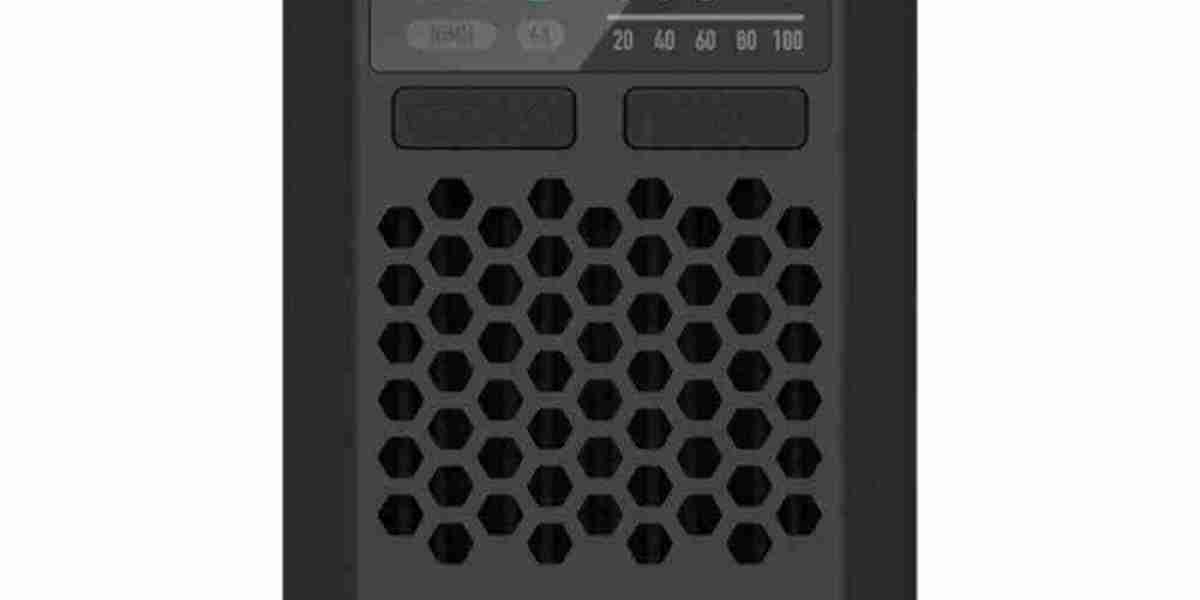I. Introduction to Lipo Chargers
A. What is a Lipo Charger? A Lipo charger is a device designed to recharge lithium polymer batteries, commonly used in various electronic devices like drones, RC cars, and portable gadgets.
B. Importance of Proper Charging Proper charging of Lipo batteries is crucial to ensure longevity and safe operation of electronic devices. Incorrect charging methods can lead to battery damage or even accidents.
II. Understanding Lipo Charger Components
A. Input Power Specifications Understanding the input power requirements of your Lipo charger ensures compatibility with power sources, preventing damage to the charger or connected devices.
B. Output Charging Ports Lipo chargers feature multiple output ports to accommodate different battery types and charging rates, providing versatility for users.
C. Display and Indicator Lights Indicator lights and displays on Lipo chargers provide real-time information on charging status, voltage, and any potential issues, aiding in troubleshooting.
III. Common Lipo Charger Problems
A. Overheating Issues Overheating is a common problem with Lipo chargers, often caused by prolonged use or inadequate ventilation, which can degrade charger performance and pose safety risks.
B. Charging Port Malfunctions Malfunctioning charging ports can prevent proper connection with batteries, resulting in ineffective charging or complete failure to charge.
C. Inaccurate Voltage Readings Incorrect voltage readings can lead to overcharging or undercharging, affecting battery performance and lifespan.
D. Compatibility Problems Compatibility issues arise when using incompatible batteries or chargers, leading to charging errors or damage to batteries and devices.
IV. Overheating Solutions
A. Proper Ventilation Techniques Ensuring proper ventilation around the charger helps dissipate heat effectively, preventing overheating and extending the charger's lifespan.
B. Monitoring Charging Temperatures Regularly monitoring charging temperatures allows users to detect overheating issues early and take necessary precautions to prevent damage.
C. Using Cooling Devices Utilizing cooling devices like fans or heat sinks can help regulate charger temperatures, especially during extended charging sessions.
V. Charging Port Troubleshooting
A. Checking for Physical Damage Inspecting charging ports for physical damage or debris ensures proper contact with batteries, facilitating efficient charging.
B. Cleaning Charging Ports Regularly cleaning charging ports removes dirt and debris, maintaining optimal conductivity for reliable charging.
C. Replacing Faulty Ports If charging ports are damaged or malfunctioning, replacing them with new ones restores proper functionality and ensures uninterrupted charging.
VI. Addressing Inaccurate Voltage Readings
A. Calibrating the Charger Calibrating the charger according to manufacturer instructions ensures accurate voltage readings, preventing overcharging or undercharging of batteries.
B. Testing with Multiple Batteries Testing the charger with multiple batteries helps verify its accuracy across different battery types, ensuring consistent performance.
C. Verifying Connections Ensuring secure connections between the charger and batteries eliminates potential voltage discrepancies, optimizing charging efficiency.
VII. Compatibility Issues and Fixes
A. Understanding Battery Compatibility Understanding the compatibility between batteries and chargers prevents mismatched connections, minimizing the risk of damage or charging errors.
B. Firmware Updates Updating charger firmware, if available, ensures compatibility with new battery technologies and enhances performance and safety features.
C. Using Adapters and Converters Using adapters or converters allows users to charge batteries with different connectors or voltages, expanding compatibility options.
VIII. Safety Concerns with Lipo Chargers
A. Risks of Overcharging Overcharging Lipo batteries can result in swelling, overheating, or even fire hazards, emphasizing the importance of monitoring charging times and voltages.
B. Preventing Short Circuits Preventing short circuits during charging by avoiding contact between battery terminals and conductive surfaces reduces the risk of accidents and damage to batteries.
C. Importance of Quality Chargers Investing in quality Lipo chargers with built-in safety features and reliable performance minimizes the risk of accidents and ensures consistent charging results.
IX. Proper Storage and Handling
A. Storing Lipo Chargers Safely Storing Lipo chargers in well-ventilated, dry areas away from flammable materials reduces the risk of fire hazards and prolongs charger lifespan.
B. Handling Batteries Correctly Handling Lipo batteries with care, avoiding physical damage or punctures, prevents leakage, swelling, and potential safety hazards during charging and storage.
X. Summary of Troubleshooting Techniques
A. Recap of Common Issues and Solutions From overheating to compatibility problems, addressing common Lipo charger issues involves proper ventilation, cleaning, calibration, and understanding compatibility requirements.
B. Importance of Regular Maintenance Regular maintenance of Lipo chargers, including cleaning, calibration, and firmware updates, ensures optimal performance, safety, and longevity.
XI. FAQs (Frequently Asked Questions)
A. Can I leave my Lipo charger plugged in overnight?
It's not recommended to leave your Lipo charger plugged in overnight, as it can lead to overcharging and potential safety hazards.
B. How often should I calibrate my Lipo charger?
Calibrating your Lipo charger periodically, as recommended by the manufacturer, helps maintain accurate voltage readings and charging performance.
C. What should I do if my charger is not recognizing my battery?
If your charger isn't recognizing your battery, check for debris or damage in the charging port, clean it, and ensure a secure connection. If the issue persists, consult the manufacturer or consider replacing the charger.
D. Is it safe to charge different types of batteries simultaneously?
Charging different types of batteries simultaneously can be unsafe and may lead to overcharging or damage. It's best to charge batteries separately using dedicated chargers.
E. What are the signs of a faulty Lipo charger?
Signs of a faulty Lipo charger include overheating, inconsistent charging, or failure to recognize batteries. If you notice any abnormalities, discontinue use and seek professional assistance.








